Burt Reynolds became a screen icon by blending charm with grit and a knack for unforgettable characters. He moved easily from backroad car chases to tense thrillers and even late career drama, building a filmography that still pulls in new fans. This countdown looks at twenty standout films that showcase his range and the collaborators who helped him shine.
You will find prison gridirons, moonshine swamps, Hollywood stunt sets, and a few surprising detours. Each entry highlights what the movie is about along with useful notes on who made it, who starred alongside Reynolds, and how it landed with audiences at the time. No fluff here, just the details that help you line up your next watch.
‘City Heat’ (1984)
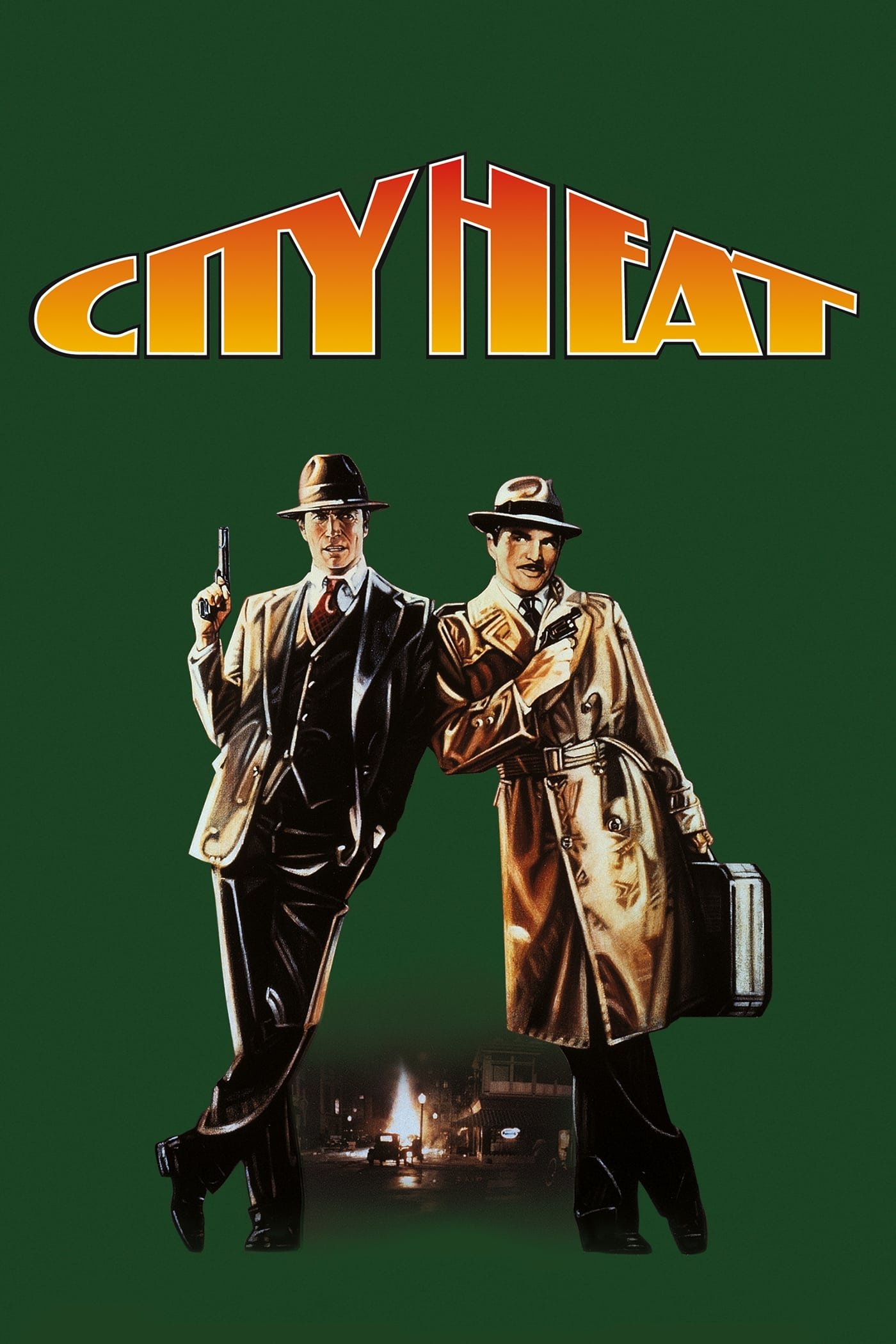 Warner Bros. Pictures
Warner Bros. PicturesSet in Kansas City during Prohibition, this buddy crime comedy pairs Burt Reynolds as private eye Mike Murphy with Clint Eastwood as by the book police lieutenant Speer. The plot revolves around mob money, rival gangs, and a client’s missing ledger as the two uneasy allies trade barbs while trying to stay alive. The movie blends period suits and speakeasy settings with car chases and shootouts that lean on classic caper beats.
Directed by Richard Benjamin from a story by Blake Edwards, the production became known for its star pairing and its vintage cars and locations. Reynolds recovered from an on set injury during the shoot yet still completed the role. The film opened strong due to the marquee names and remains a curiosity for fans who want to see Reynolds and Eastwood share the screen.
‘Stick’ (1985)
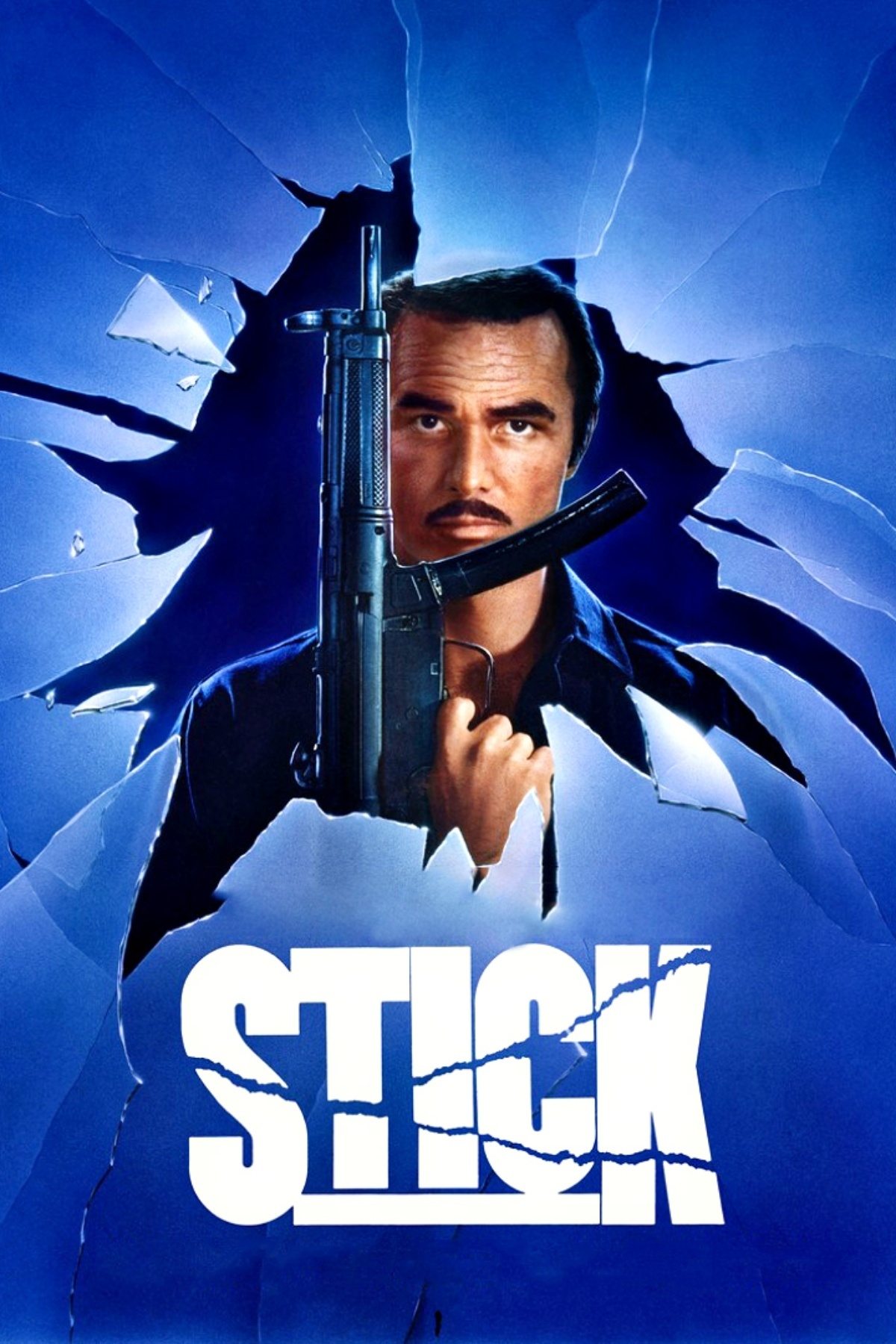 Universal Pictures
Universal PicturesBased on Elmore Leonard’s novel, the story follows Ernest Stick Stickley as he leaves prison and gets pulled back into South Florida crime after a friend is killed. The plot moves through drug money, a ruthless kingpin, and a risky con that forces Stick to keep one step ahead of both cops and crooks.
Reynolds directed and starred, working with a cast that includes Candice Bergen and George Segal. The movie is notable for Miami locations and a neon tinted look that captures mid eighties Florida style. Production notes record that studio edits softened Leonard’s darker edges, which makes this entry useful for comparing the novel’s tone with the screen version.
‘Gator’ (1976)
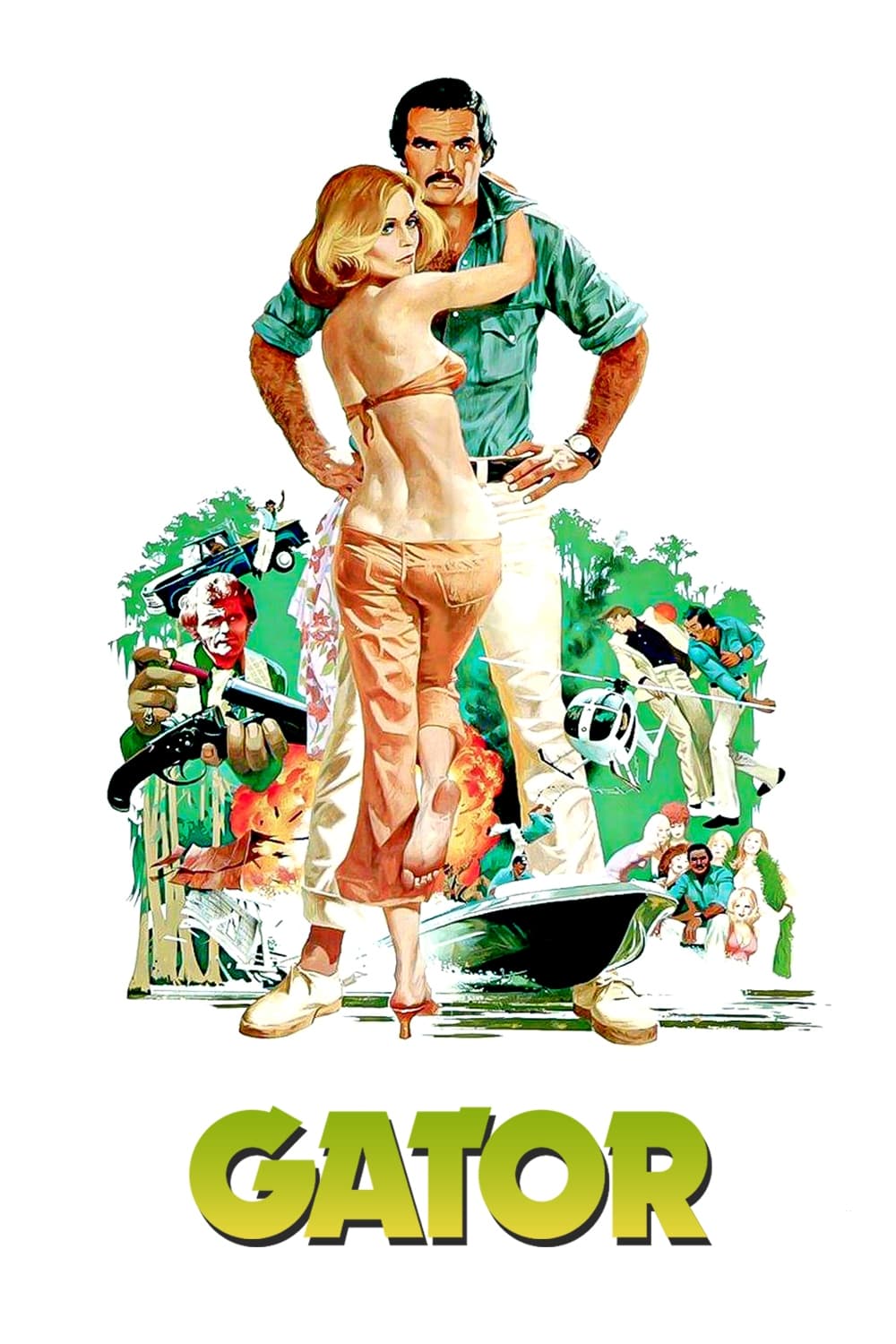 United Artists
United ArtistsThis sequel to ‘White Lightning’ brings bootlegger Gator McKlusky out of hiding to help federal agents target a corrupt county boss in Georgia. The plot threads through backwater hideouts and small town power plays as Gator walks a line between his criminal past and a chance to do the right thing.
Reynolds made his feature directing debut here and returned to the role that helped define his Southern outlaw persona. Jerry Reed appears as Bama McCall, providing a memorable antagonist and a musical presence off screen. The film’s regional locations and practical car work give it a grounded feel that fans of seventies action will recognize.
‘Hustle’ (1975)
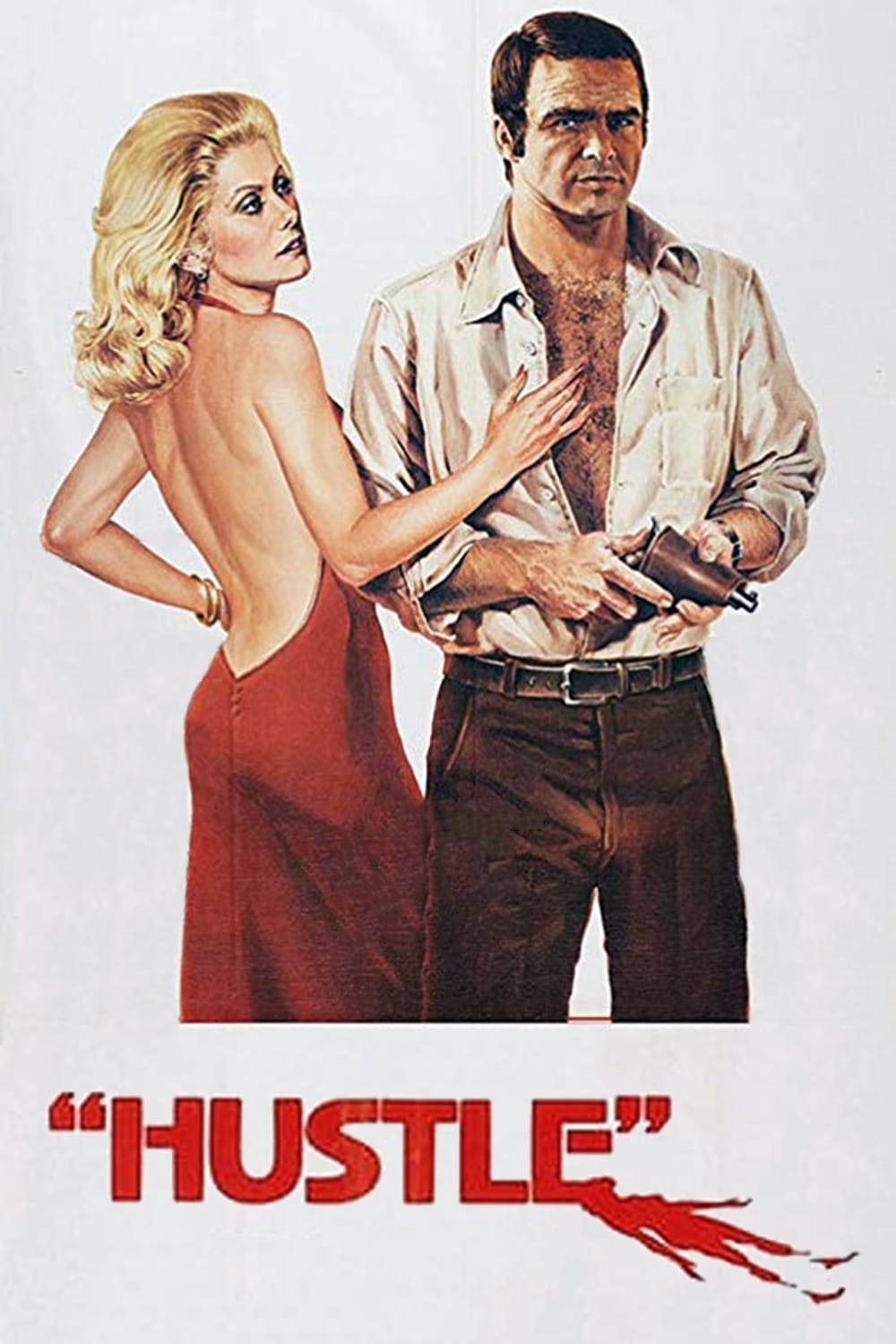 Paramount Pictures
Paramount PicturesA Los Angeles detective played by Reynolds investigates the suspicious death of a young woman and finds himself tangled with organized crime and a grieving father who wants answers. The case grows more complicated as pressure mounts from superiors and the lines between personal and professional motives blur.
Directed by Robert Aldrich, the film co stars Catherine Deneuve and Ben Johnson and leans into a melancholic crime atmosphere that reflects the post noir wave of the period. Location shooting across LA adds texture while Frank De Vol’s score supports the mood. Viewers interested in Reynolds outside pure action will find a straighter dramatic turn here.
‘100 Rifles’ (1969)
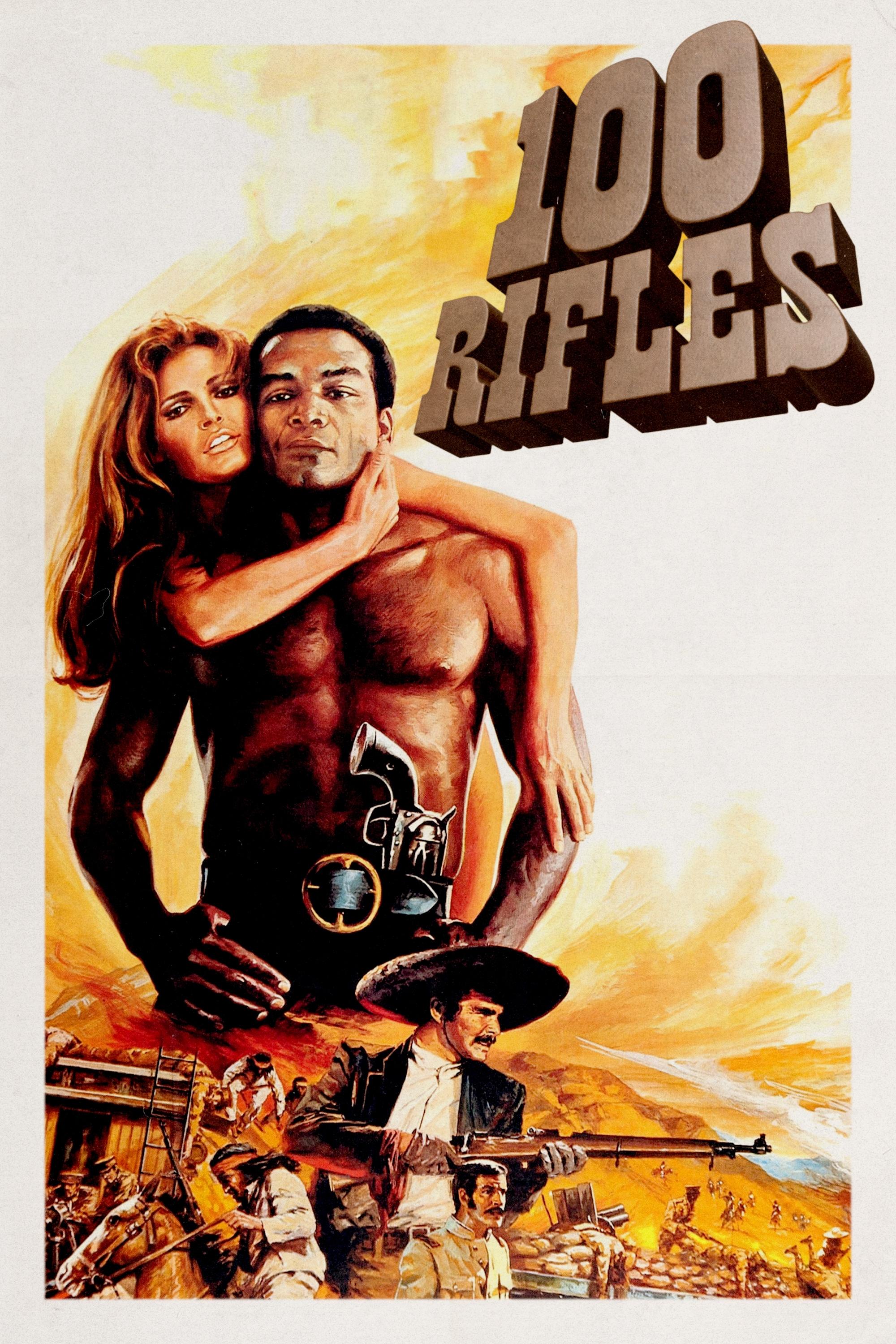 20th Century Fox
20th Century FoxSet in Mexico during the early twentieth century, this western adventure joins a lawman played by Jim Brown, a local insurgent played by Burt Reynolds, and a bank robber played by Raquel Welch. Their uneasy alliance pits them against a ruthless general as they try to secure weapons and spark a rebellion.
The production filmed on Spanish locations that doubled for Mexico and featured large scale train and cavalry sequences. Reynolds’s role as Yaqui Joe stands out for its blend of humor and defiance. The movie’s mixture of action set pieces and political backdrop places it among the period’s international westerns that aimed for bigger scope.
‘The Best Little Whorehouse in Texas’ (1982)
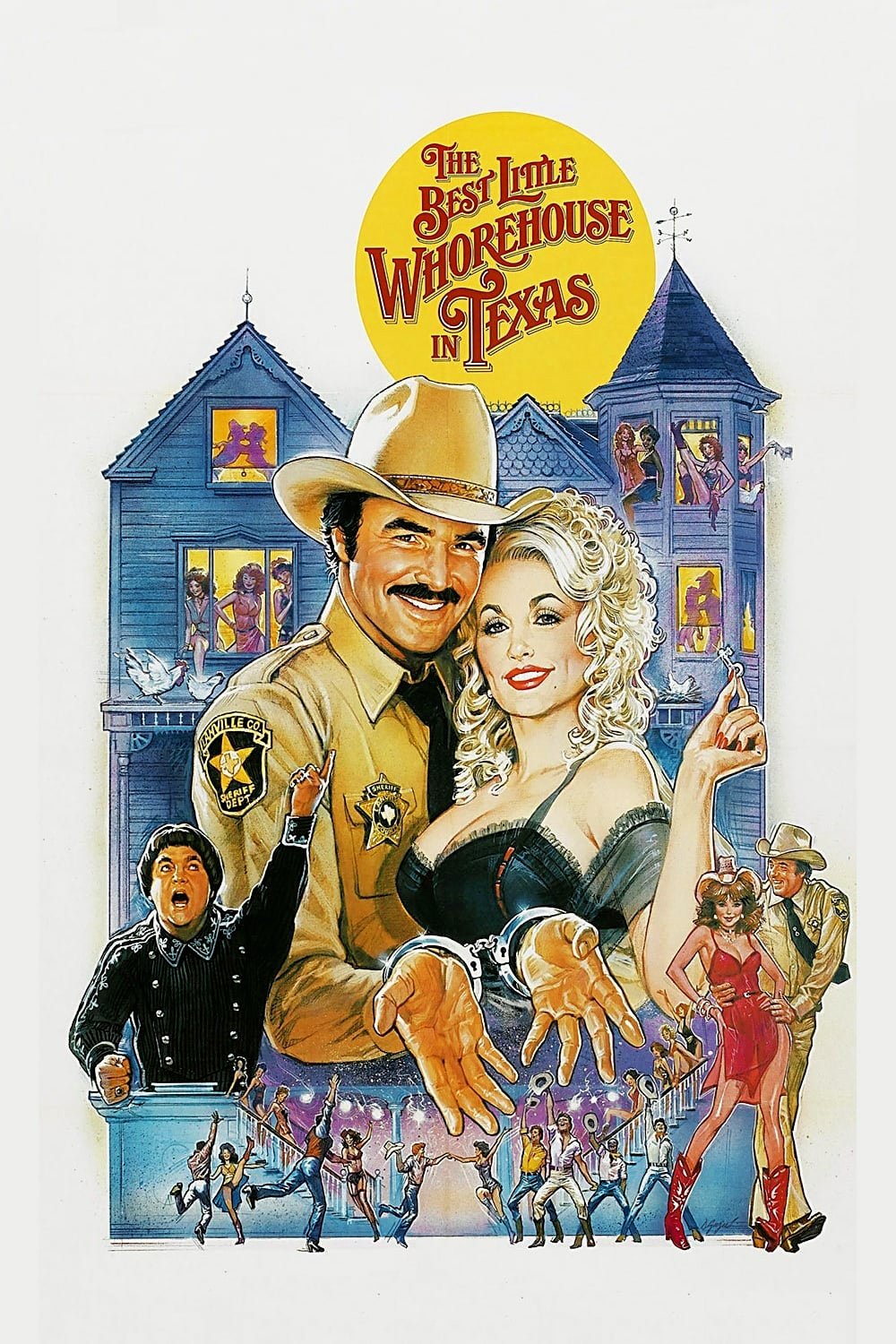 Miller-Milkis-Boyett Productions
Miller-Milkis-Boyett ProductionsThis musical comedy centers on the Chicken Ranch, a long running rural brothel run by Dolly Parton’s character, and the small town sheriff played by Reynolds who tries to shield it when a television crusader stirs up trouble. The story balances romance, local tradition, and public morality as state officials close in.
Adapted from the Broadway hit, the film keeps several stage numbers and adds cinematic touches through location work and wider ensemble scenes. Parton contributed songs that became radio staples, and the chemistry with Reynolds anchors the narrative. The production offers a snapshot of early eighties studio musicals with bright costumes and big crowd scenes.
‘Semi-Tough’ (1977)
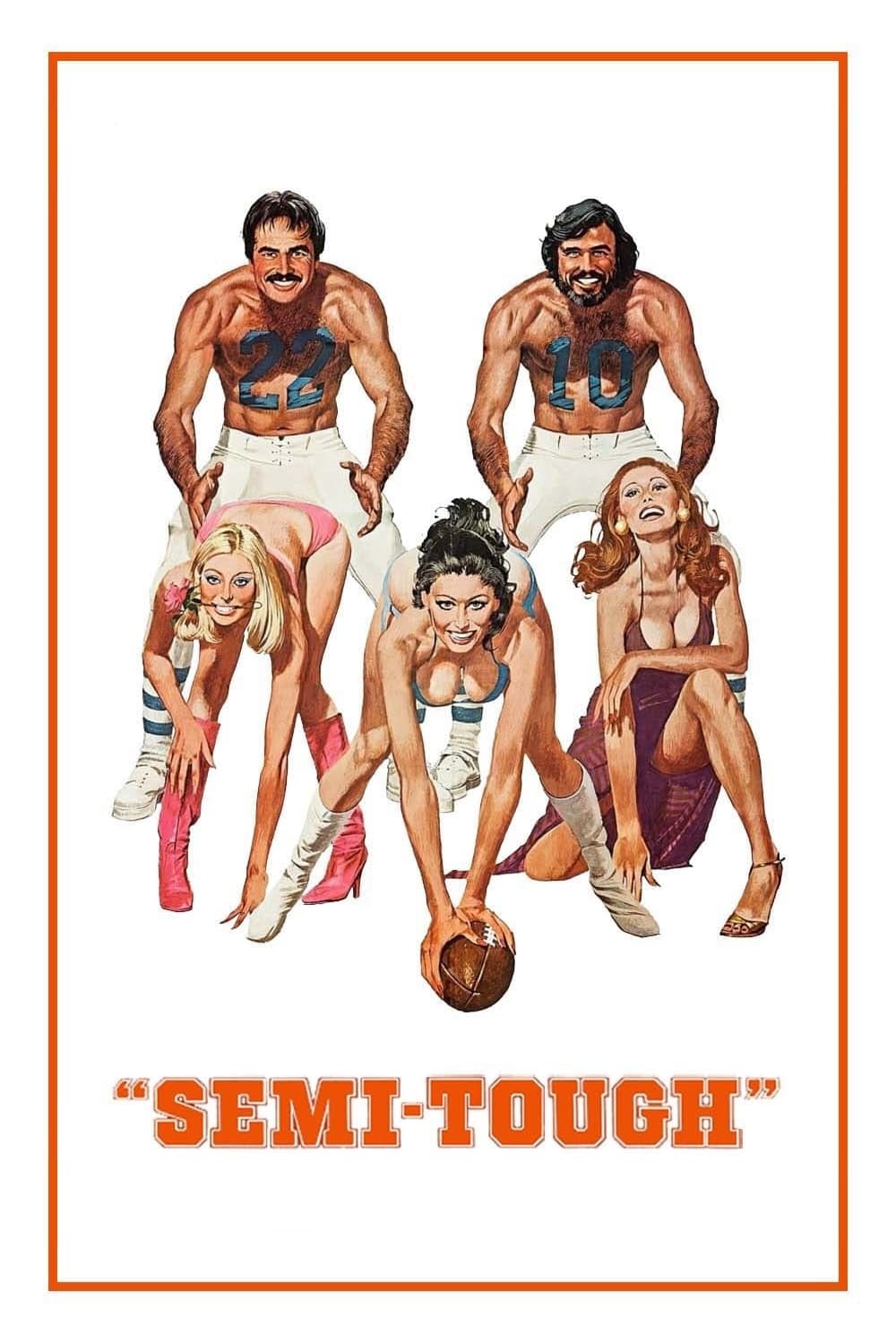 Charley Associates
Charley AssociatesSet in the world of professional football, this comedy follows two teammates played by Reynolds and Kris Kristofferson who compete on the field while navigating media hype and a self help movement that sweeps through their circle. Jill Clayburgh plays the team owner’s daughter who complicates both men’s plans.
Director Michael Ritchie brings a documentary like touch to training camp, game day prep, and locker room rituals, using real stadiums and players to sell authenticity. Off the field, the script lampoons pop psychology and celebrity culture that surrounded sports in the late seventies. For viewers curious about Reynolds’s sports comedies, this one maps out the era’s playbook.
‘Navajo Joe’ (1966)
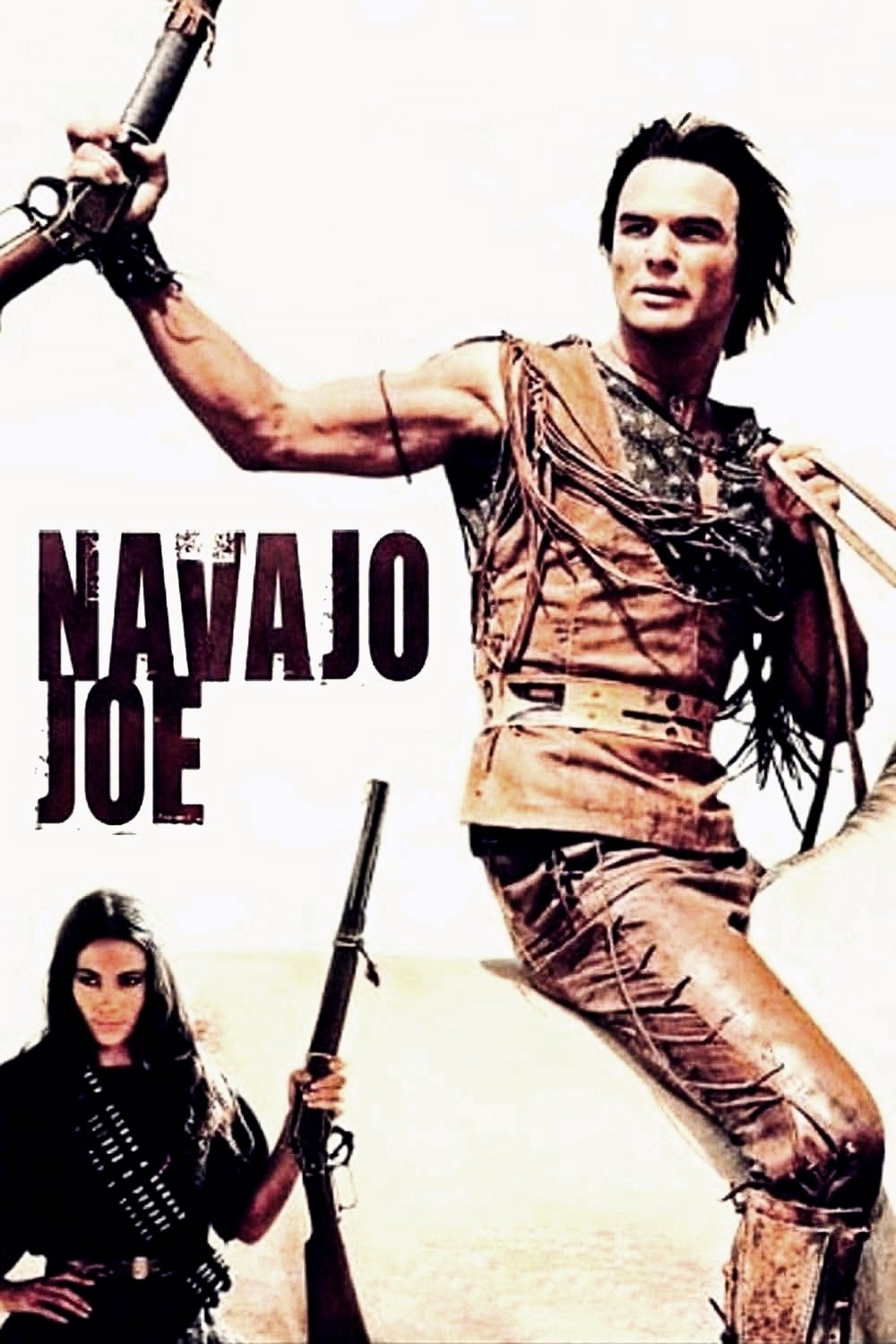 C. B. Films
C. B. FilmsThis revenge story casts Reynolds as a Native American tracker who targets the gang that destroyed his village. The plot moves through ambushes, sabotaged trains, and a showdown in a frontier town as Joe uses speed and cunning against a larger force.
Shot in Spain and scored by Ennio Morricone, the film sits within the European wave of westerns that favored stylized violence and bold music cues. Reynolds later noted the rough conditions of the shoot, which adds context to the lean running time and practical stunt work. The result shows an early chapter in his career before mainstream stardom.
‘The End’ (1978)
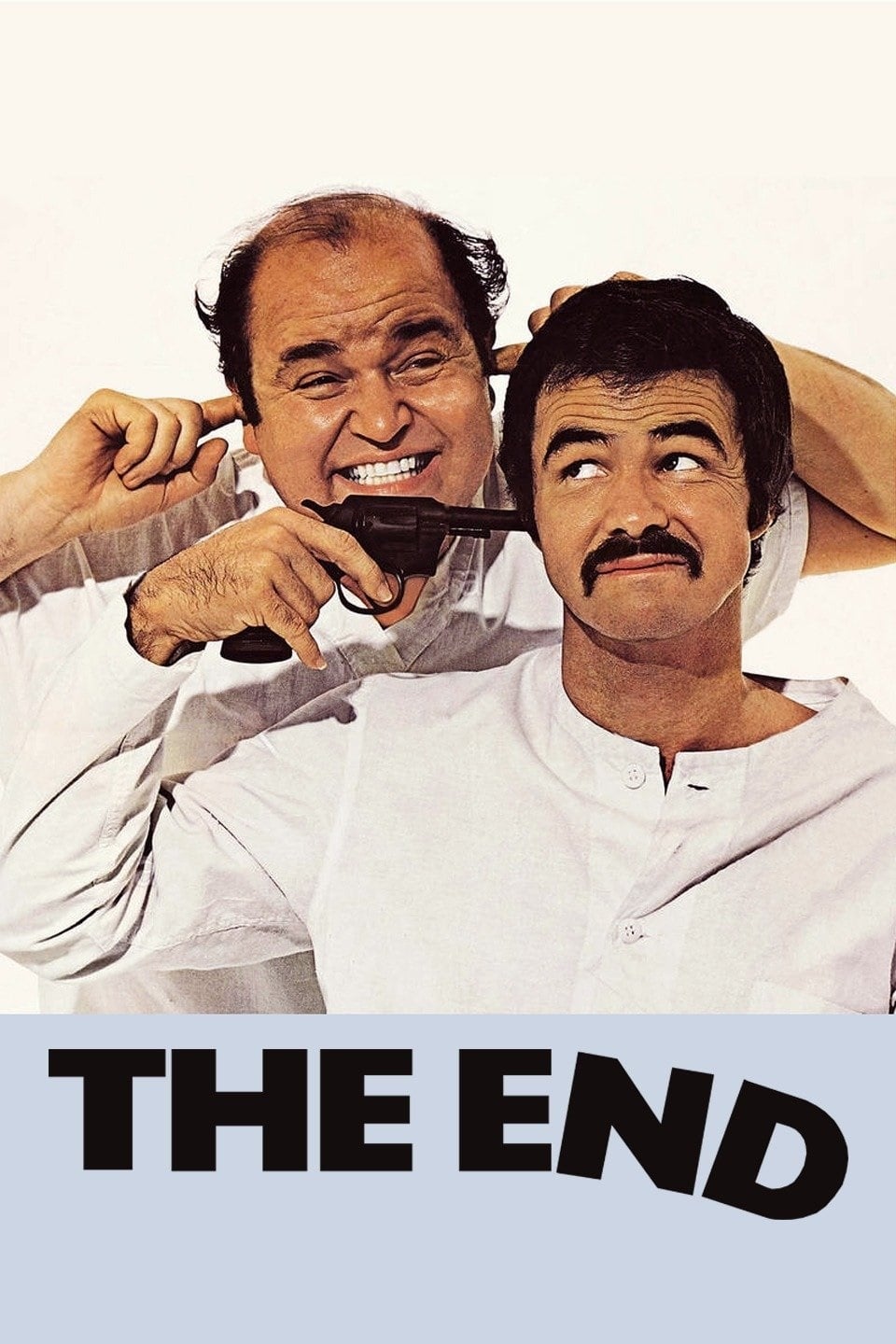 United Artists
United ArtistsAfter receiving a medical diagnosis, Reynolds’s character Sonny Lawson decides to take control of his fate and keeps failing at it in increasingly chaotic ways. Along the way he meets a mental patient played by Dom DeLuise who becomes an unlikely partner while everything around them spins out of control.
Reynolds directed and starred, reuniting with familiar collaborators and balancing dark subject matter with broad set pieces. The film uses Los Angeles locations and hospital sets to keep the pace brisk while giving room for improvisation among the cast. It remains a document of how seventies studio comedies tackled heavy topics through farce.
‘The Cannonball Run’ (1981)
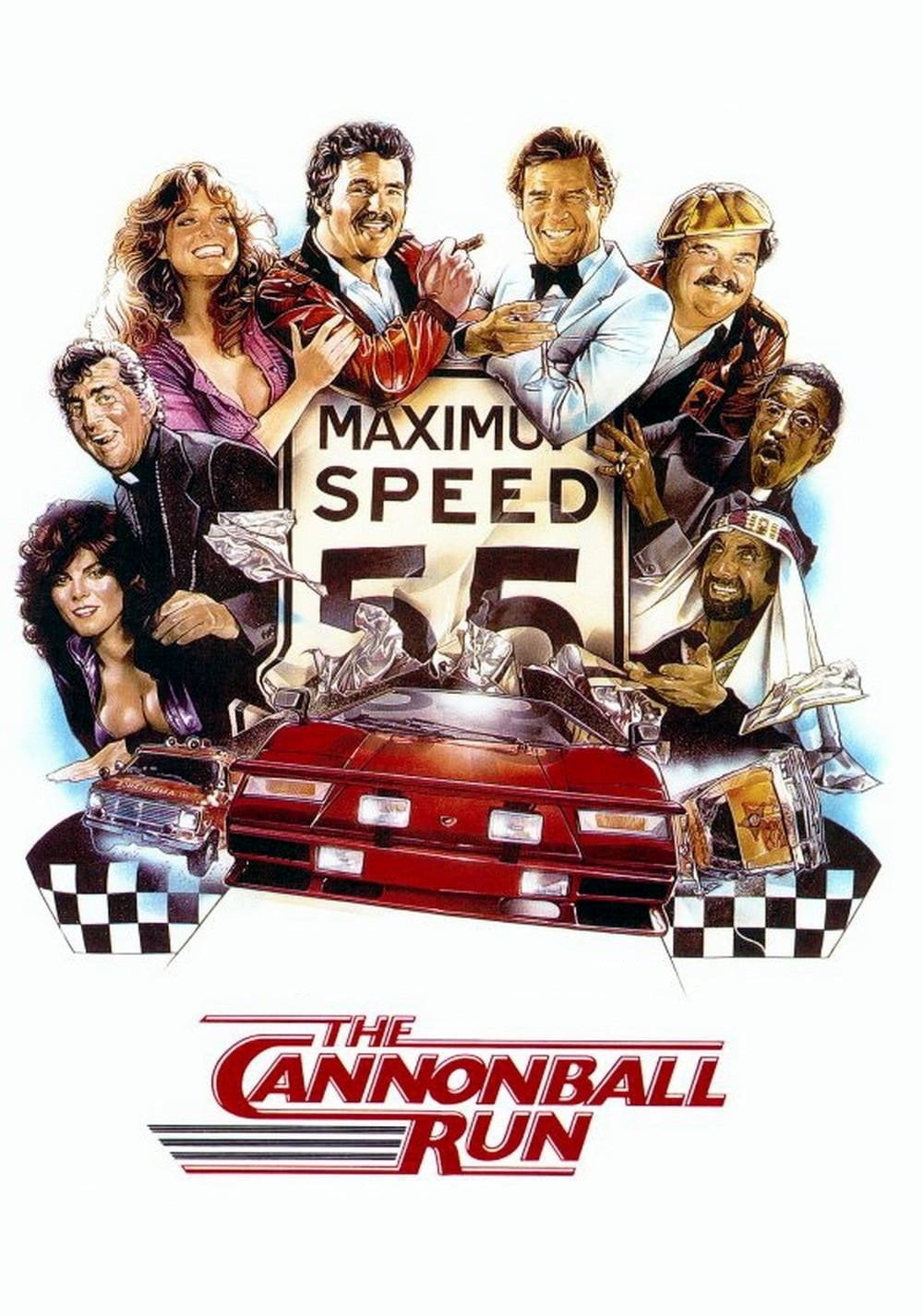 Orange Sky Golden Harvest
Orange Sky Golden HarvestThis cross country comedy follows a crew of eccentric drivers who enter an illegal race that starts on one coast and finishes on the other. Reynolds leads a team that disguises an ambulance as a way to avoid the law while rival racers try every trick to gain an edge.
The movie brings together a large ensemble that includes Dom DeLuise, Farrah Fawcett, Roger Moore, and Jackie Chan in one of his earliest American appearances. Practical driving gags and outtakes over the credits became a signature. The film did strong business worldwide and helped solidify Reynolds’s identity with car focused crowd pleasers.
‘Hooper’ (1978)
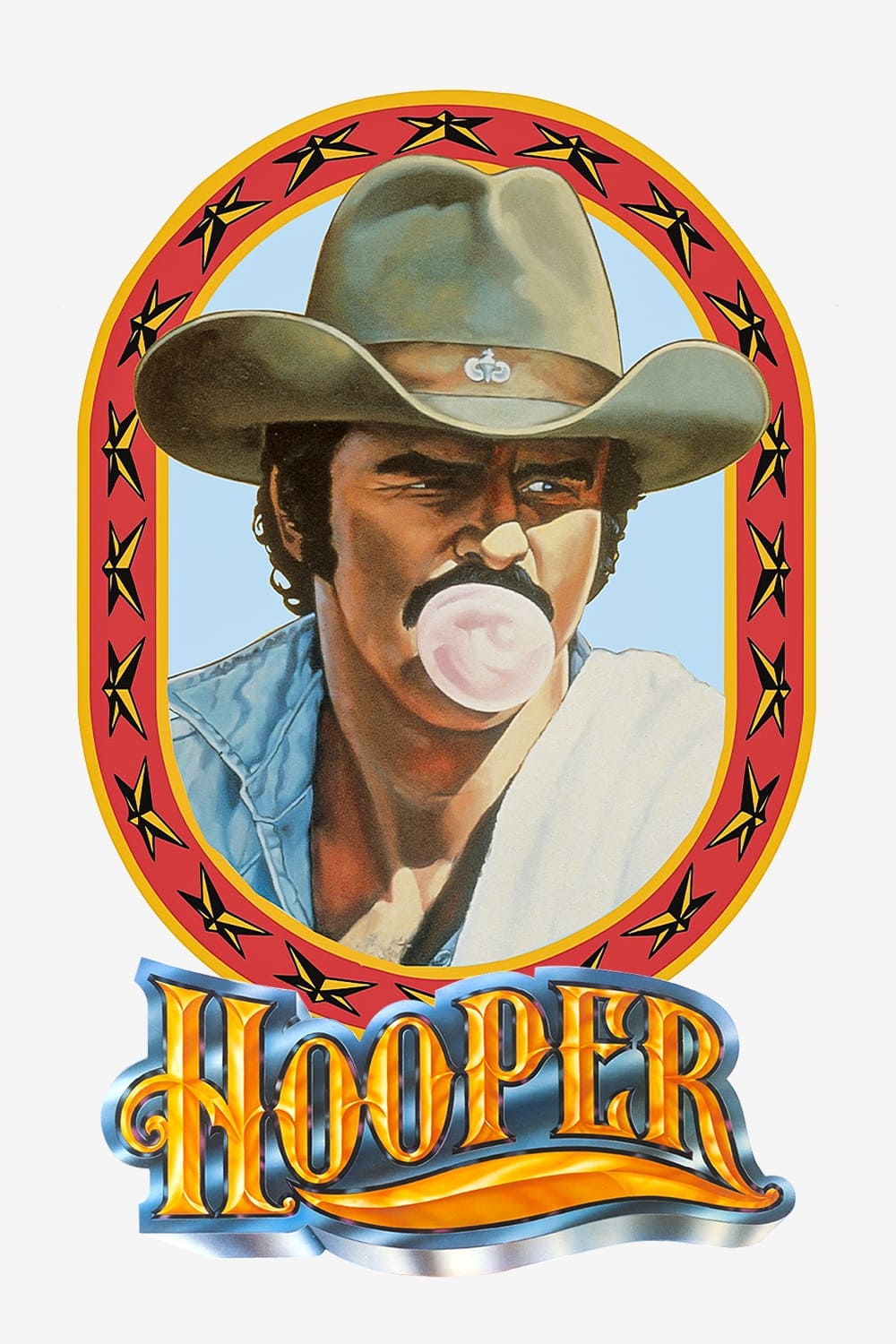 Warner Bros. Pictures
Warner Bros. PicturesReynolds plays veteran stuntman Sonny Hooper who faces the limits of his body while planning a risky finale for a big action movie. The story tracks the camaraderie and competition within the stunt community and the push from producers to top the last big gag.
Directed by Hal Needham, a legendary stunt coordinator, the film showcases behind the scenes logistics like air rams, cable work, and high falls. Real stunt teams execute the centerpiece bridge jump and rocket car sequence without digital tricks. It serves as a love letter to the profession that shaped many of Reynolds’s biggest hits.
‘Sharky’s Machine’ (1981)
 Deliverance Productions
Deliverance ProductionsAtlanta vice cop Tom Sharky gets demoted and stumbles into a political conspiracy involving a crime boss and a high priced escort. The investigation builds a tight knit surveillance team that watches from a neighboring apartment as the case escalates to violence.
Reynolds directed and starred, using Atlanta locations to create a regional cop thriller with distinctive architecture and streetscapes. The film is remembered for its practical stunt fall from the Hyatt Regency atrium and a jazz influenced soundtrack that sets a moody tone. It shows Reynolds applying a measured style behind the camera while delivering a grounded lead performance.
‘Breaking In’ (1989)
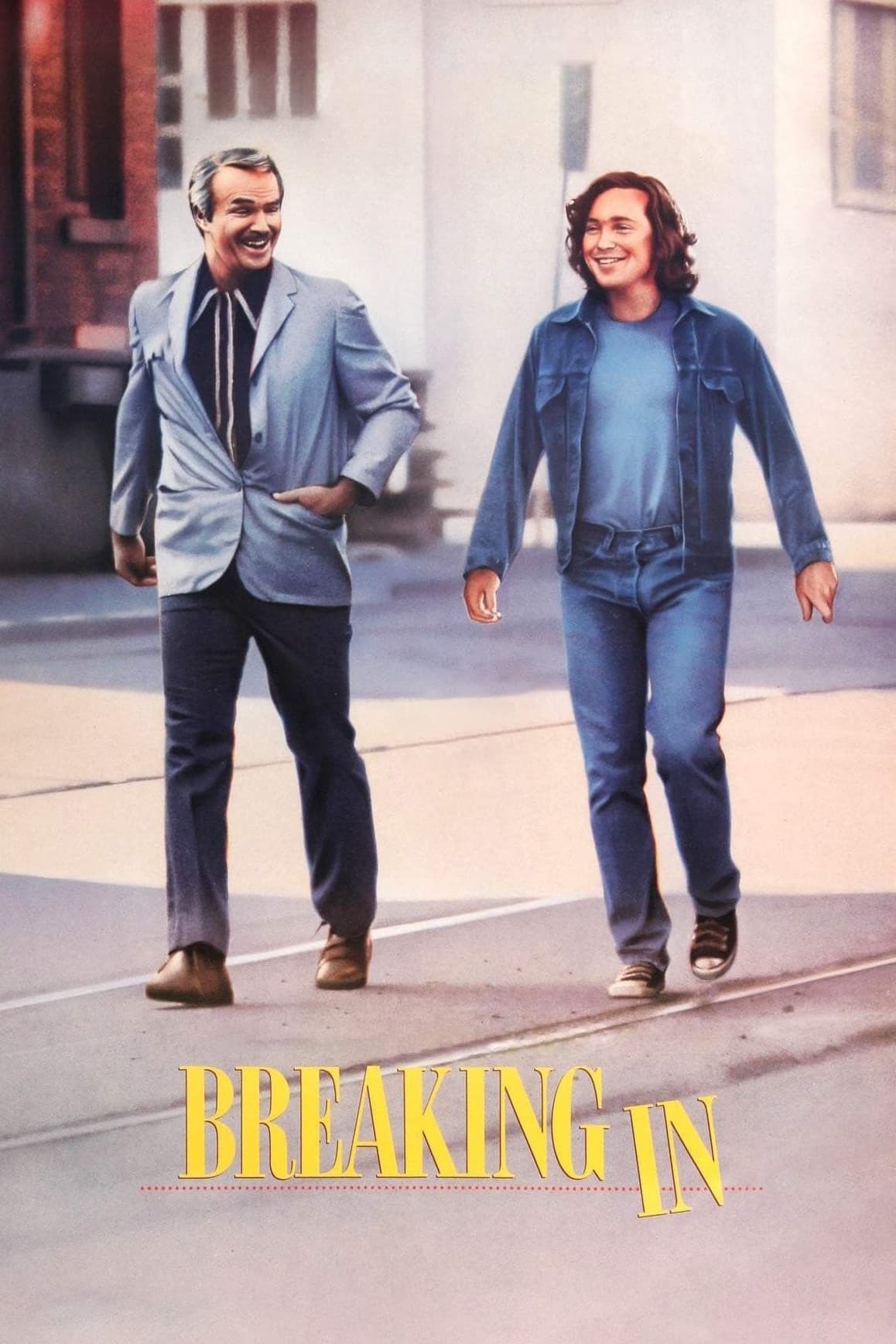 Act III Productions
Act III ProductionsThis crime dramedy pairs Reynolds as veteran safecracker Ernie with a young wannabe thief who wants to learn the trade. The plot follows a series of small time jobs that reveal rules of the craft and the real cost of a life lived on the margins.
Written by John Sayles and directed by Bill Forsyth, the film favors character detail over big heists. It was shot in and around Portland and uses practical locations like diners and small houses to underline modest stakes. For viewers tracking Reynolds’s late eighties work, this entry highlights how he embraced offbeat material between studio projects.
‘White Lightning’ (1973)
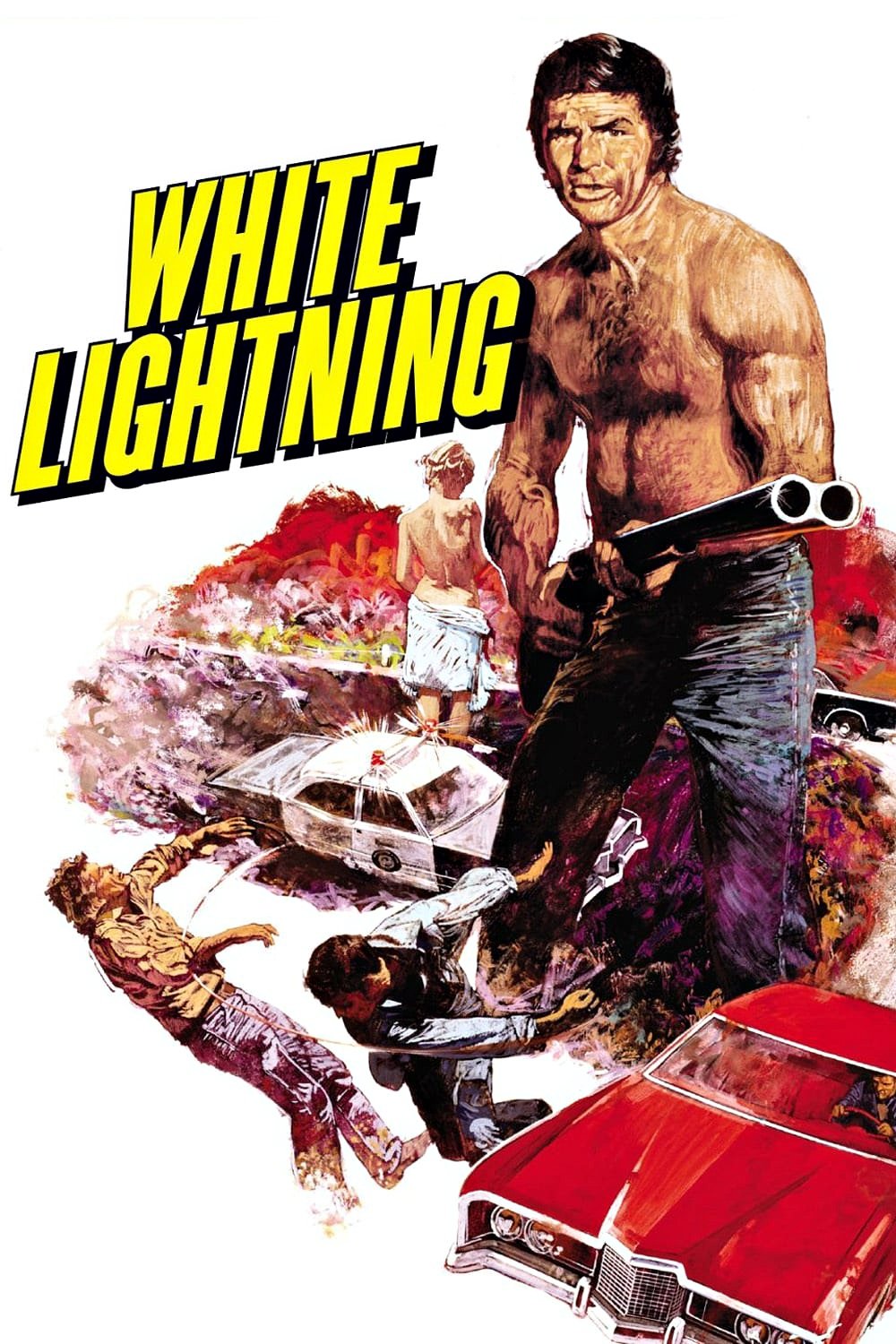 Levy-Gardner-Laven
Levy-Gardner-LavenGator McKlusky starts in prison and cuts a deal to go undercover against a corrupt county sheriff tied to his brother’s death. The plot threads through river chases, back roads, and rural hideouts as Gator aims to expose the sheriff’s network.
Arkansas and Mississippi locations give the film swampy texture, and the car scenes rely on manual driving skill rather than visual effects. The movie’s success introduced the Gator character who would return in a later feature. This one marks a key step in Reynolds’s rise as a bankable star with Southern action credibility.
‘Starting Over’ (1979)
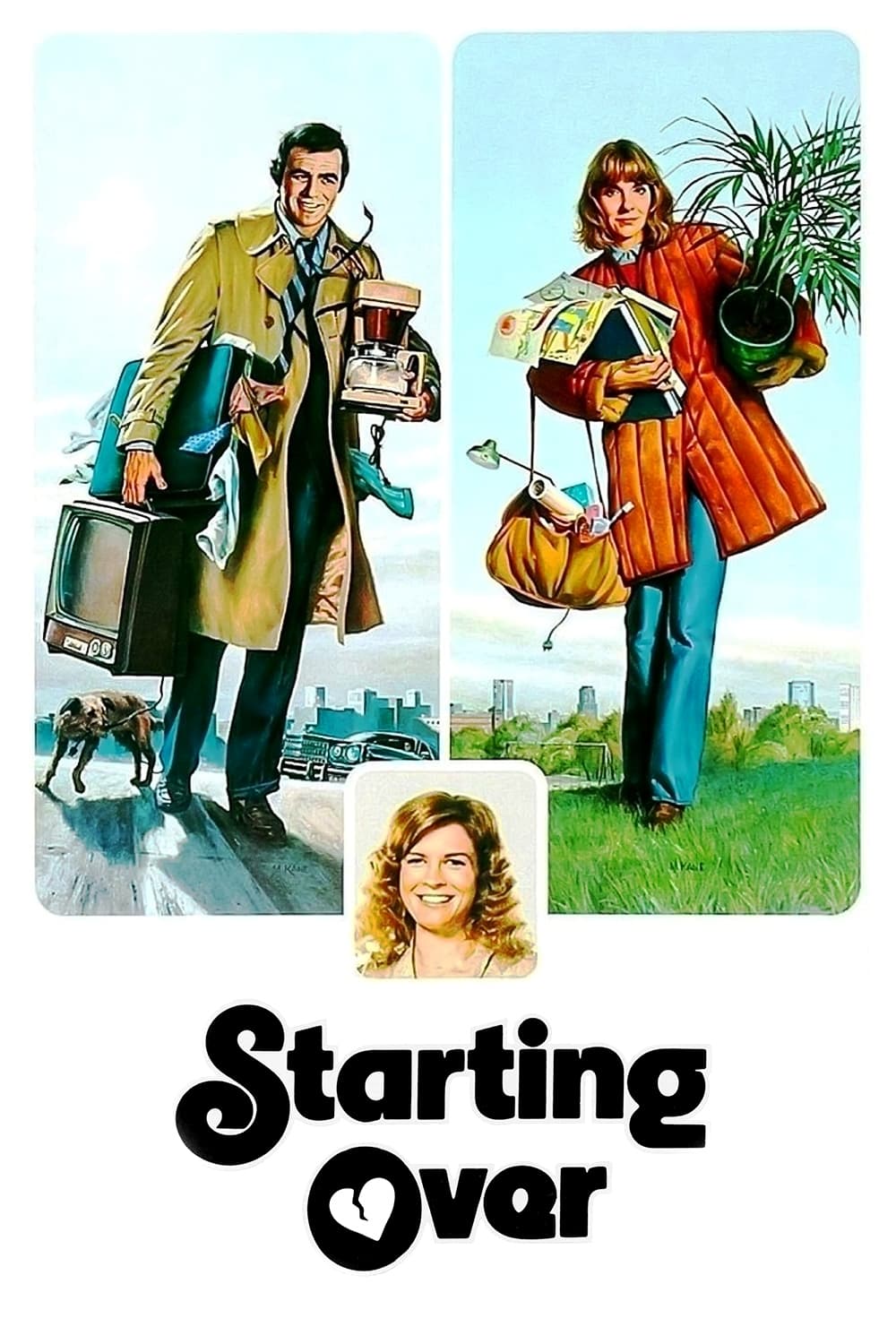 Paramount Pictures
Paramount PicturesA recently divorced man relocates to Boston and tries to rebuild his life while navigating a new romance and the complications of his ex. Reynolds plays Phil Potter with a low key touch that fits the film’s human scale humor and personal stakes.
Directed by Alan J Pakula with a script by James L Brooks, the movie features Jill Clayburgh and Candice Bergen in roles that earned awards attention. Location work around Boston and New York adds to the grounded feel. The film demonstrates how Reynolds fit into contemporary adult comedies that centered on relationships and career shifts.
‘Everything You Always Wanted to Know About Sex *But Were Afraid to Ask’ (1972)
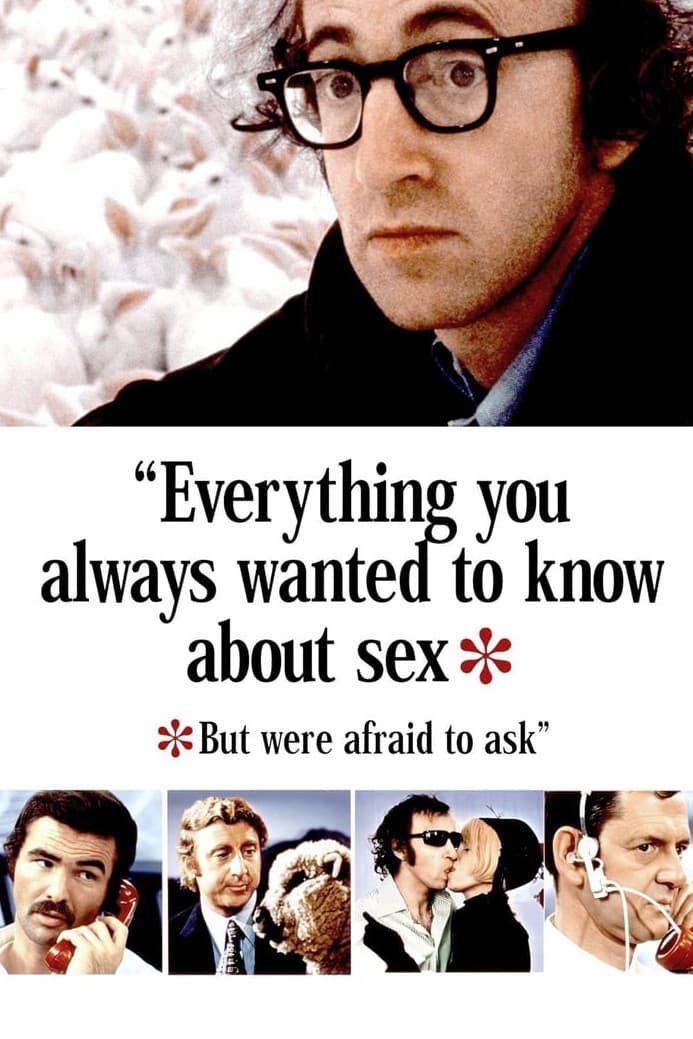 United Artists
United ArtistsThis anthology comedy adapts topics from David Reuben’s book into a series of sketches, each with its own setup and star cameos. Reynolds appears in the segment involving a television host interviewing a priest and a rabbi, one of several bits that mix wordplay and farce.
Directed by Woody Allen, the film moves quickly through medieval quests, science lab mishaps, and game show satire. The production used Los Angeles and Italian locations for different segments and packed in a range of costumes and practical effects. It remains a snapshot of early seventies studio comedy made up of self contained vignettes.
‘Smokey and the Bandit’ (1977)
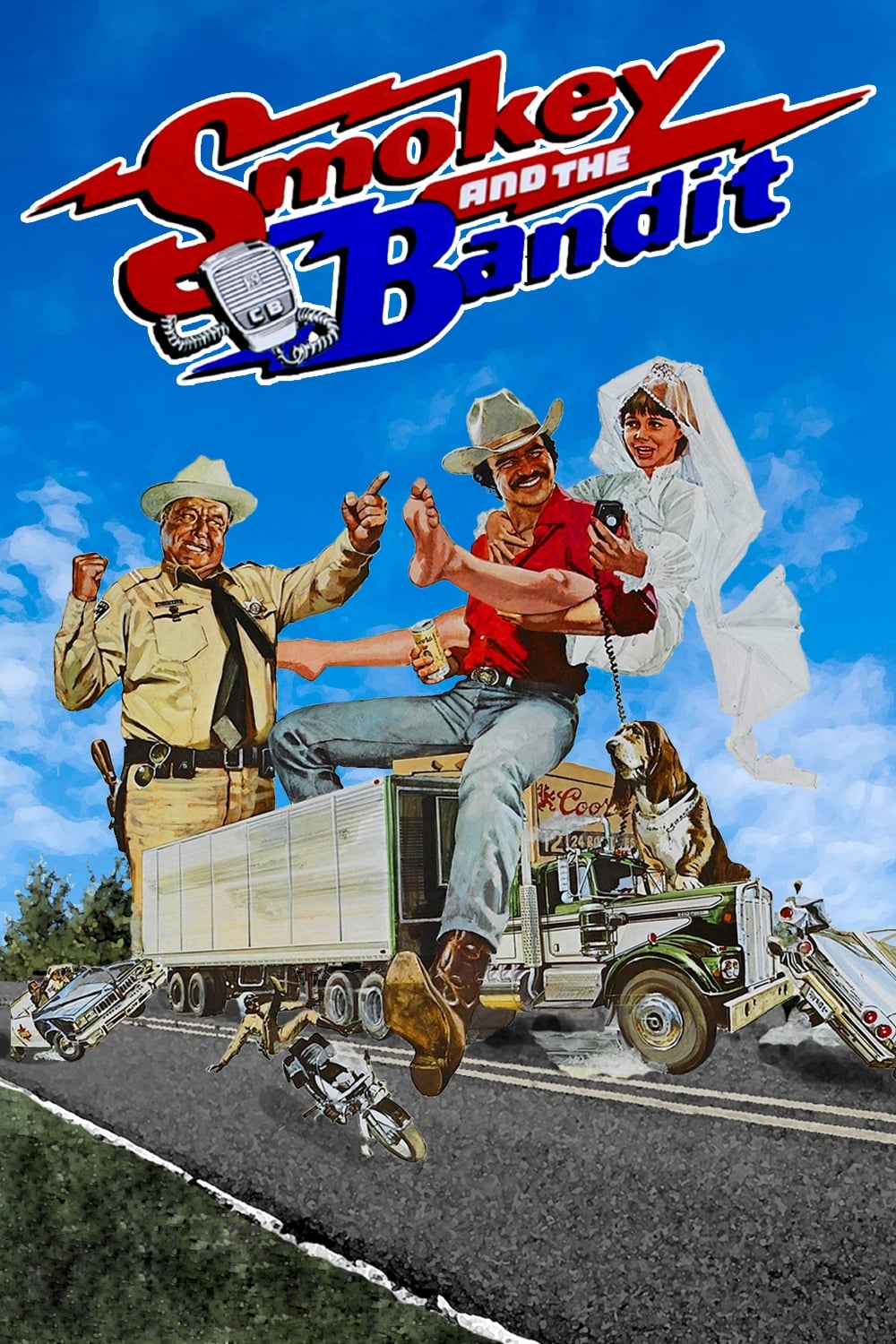 Universal Pictures
Universal PicturesReynolds plays Bo Bandit Darville, a fast talking driver hired to haul contraband beer across state lines while Sheriff Buford T Justice gives chase. The story sets a simple bet and then turns into a rolling pursuit that crisscrosses the Southeast with a runaway bride joining the ride.
Hal Needham directed and leaned on real stunt teams for jumps, spins, and precision convoy work. Jerry Reed co stars and provides music that became radio staples, while Sally Field adds spark as the unexpected passenger. The film’s box office impact was massive for its budget and it turned the Pontiac Trans Am into a late seventies pop culture fixture.
‘The Longest Yard’ (1974)
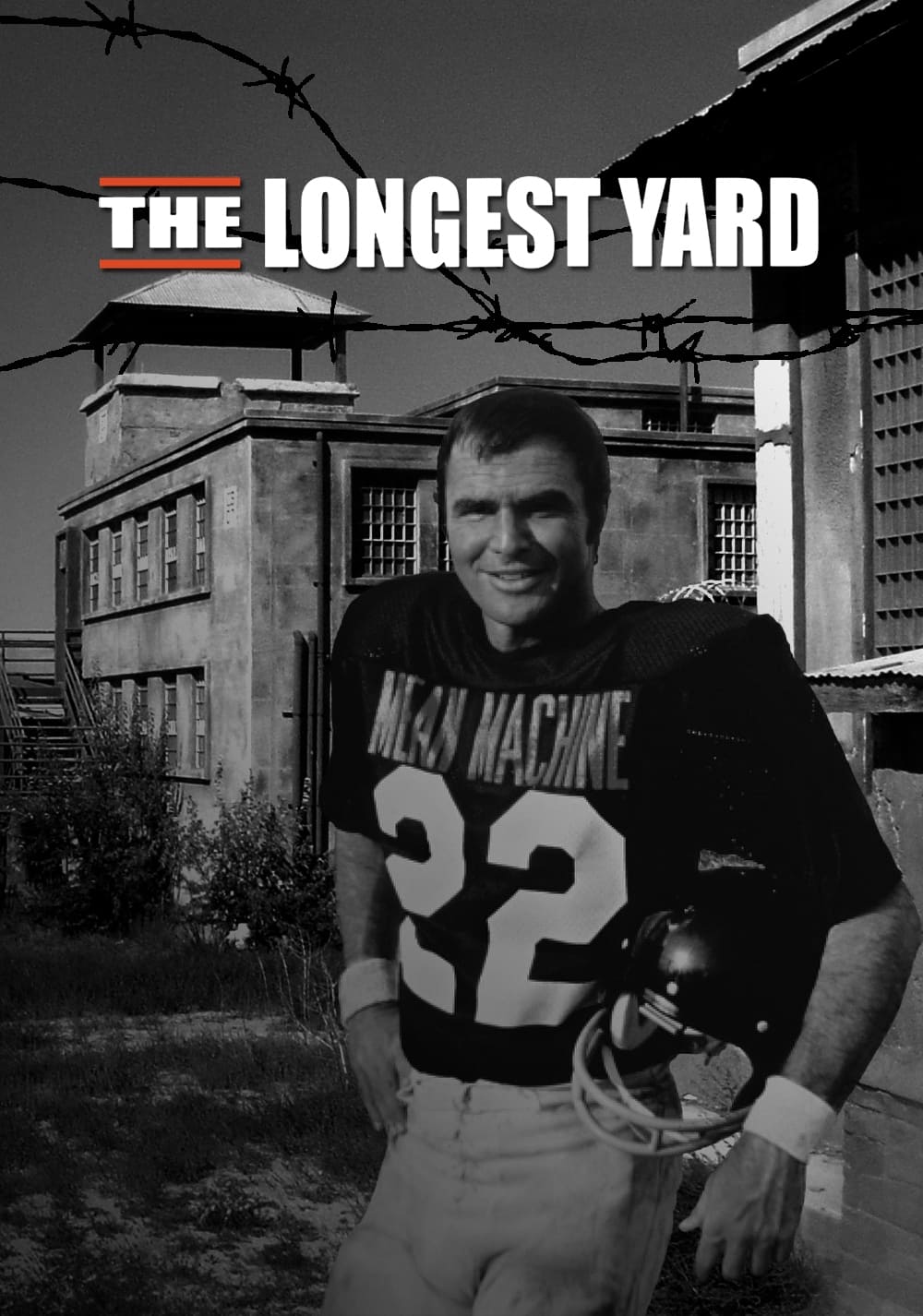 Paramount Pictures
Paramount PicturesFormer pro quarterback Paul Crewe lands in prison and is pressured by the warden to assemble a team of inmates to play the guards. The plot builds training sequences, locker room politics, and an on field showdown that balances comedy with hard hits.
Director Robert Aldrich shot in Georgia State Prison for authentic steel bars and concrete yards, and used athletes and stunt performers to stage the climactic game. Reynolds’s football background informed the physicality and the way plays are framed. The film earned awards recognition and became a template for sports underdog stories that followed.
‘Deliverance’ (1972)
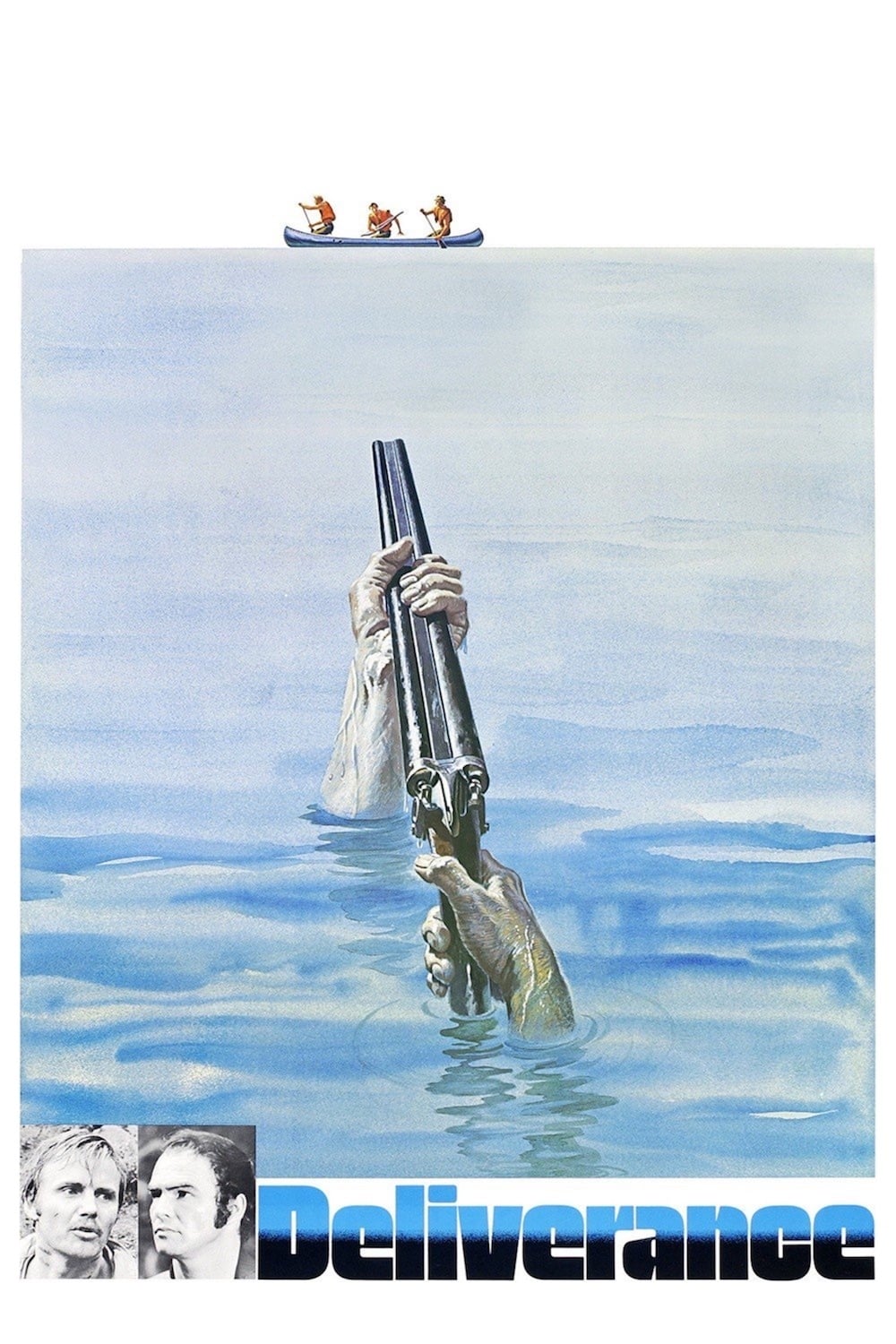 Warner Bros. Pictures
Warner Bros. PicturesFour Atlanta friends take a canoe trip in rural Georgia and face a deadly chain of events that tests their skills and their friendship. Reynolds plays Lewis Medlock, an outdoorsman whose confidence runs into the reality of a river that turns hostile.
John Boorman directed with a focus on natural locations along the Chattooga River and used minimal stunt doubling to emphasize danger. The film’s banjo duet, river rapids, and survival choices became cultural touchpoints. It received major awards nominations and brought Reynolds to a new level of visibility with a serious dramatic role.
‘Boogie Nights’ (1997)
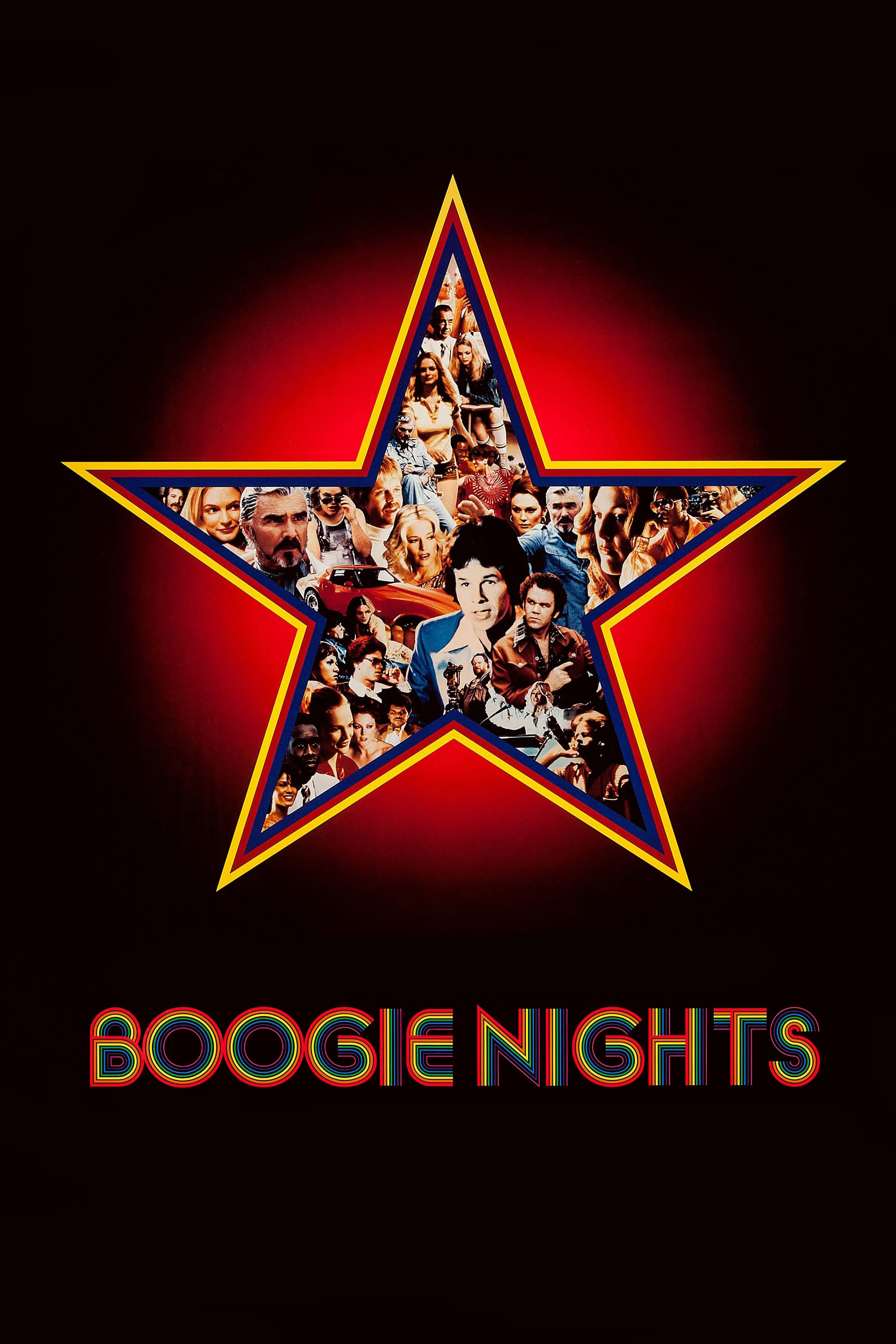 New Line Cinema
New Line CinemaSet in the San Fernando Valley during the late seventies and early eighties, the story follows a young actor’s rise and fall in the adult film business while Burt Reynolds plays director Jack Horner who tries to maintain creative control as the industry changes. The ensemble narrative moves through parties, family like bonds, and the arrival of new technology that reshapes the work.
Writer director Paul Thomas Anderson shot with long tracking moves, needle drop music cues, and overlapping dialogue that gives scenes energy and texture. Reynolds received widespread awards recognition for the role and the film earned multiple Academy Award nominations. It stands as a career highlight that introduced him to a new generation of viewers.
Share your own picks in the comments and tell us which Burt Reynolds movie you think deserves a fresh rewatch.

.jpeg)

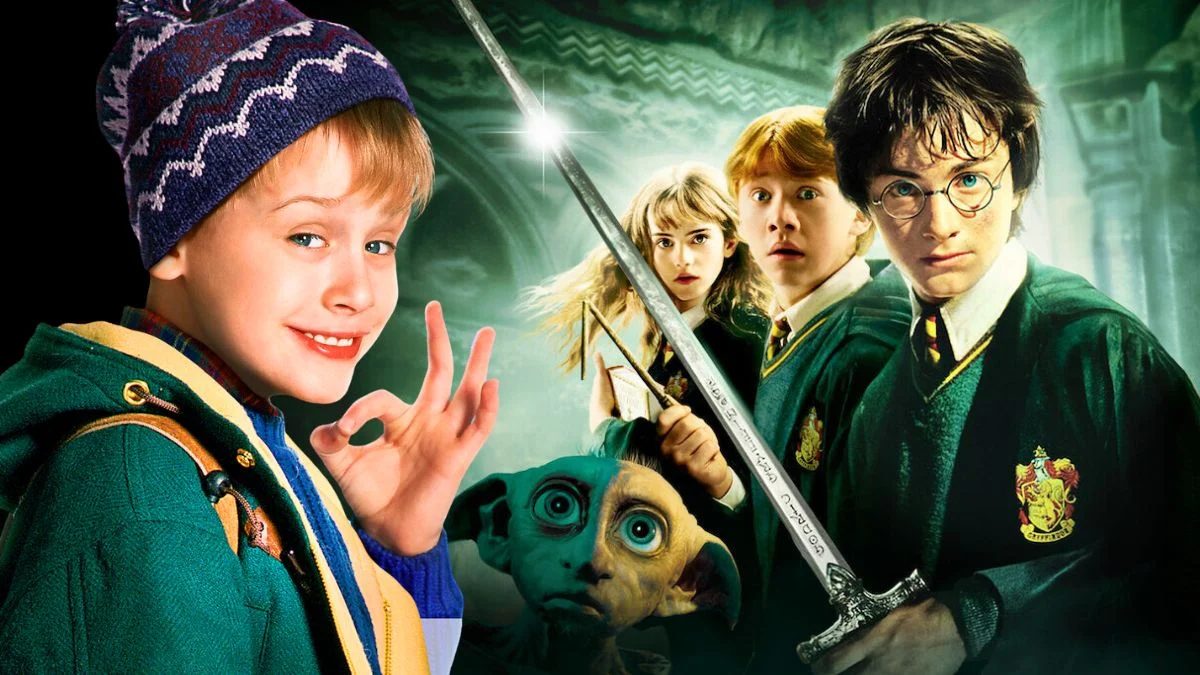
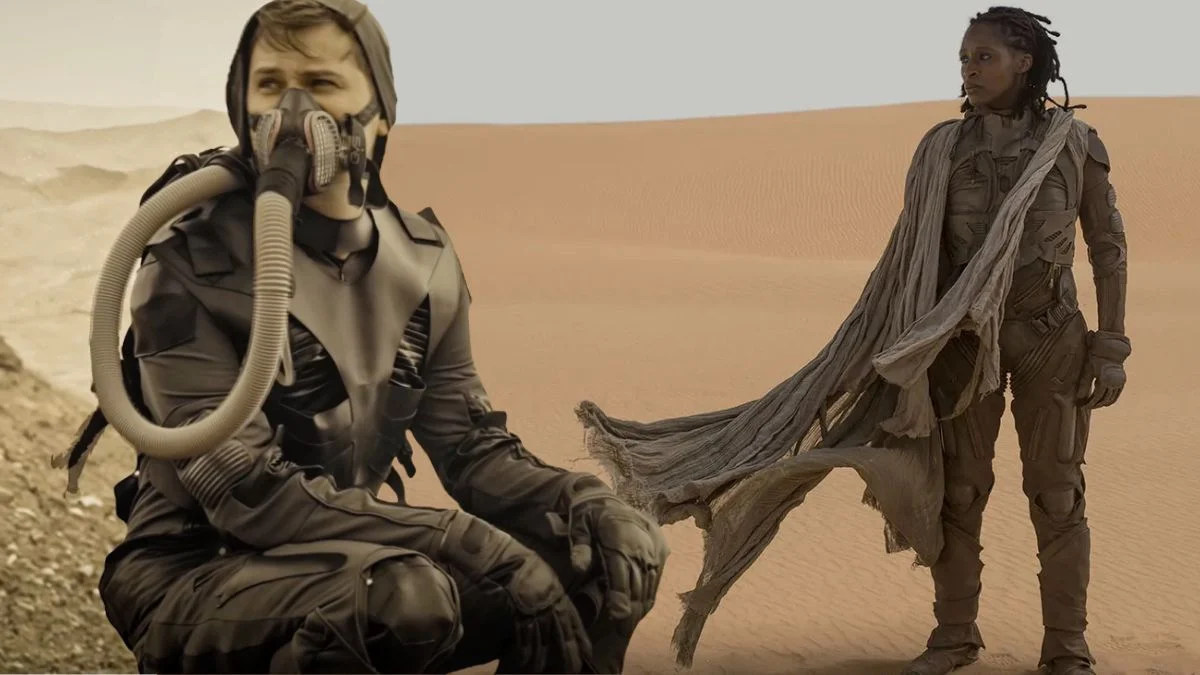
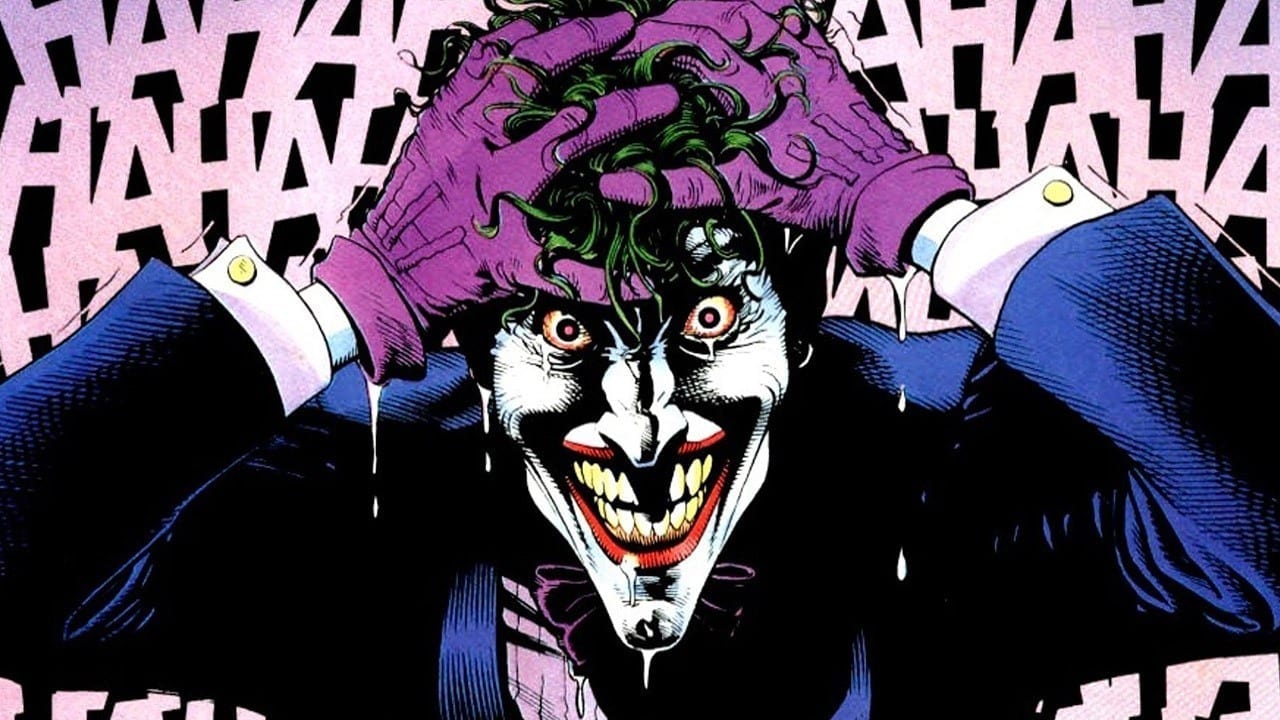
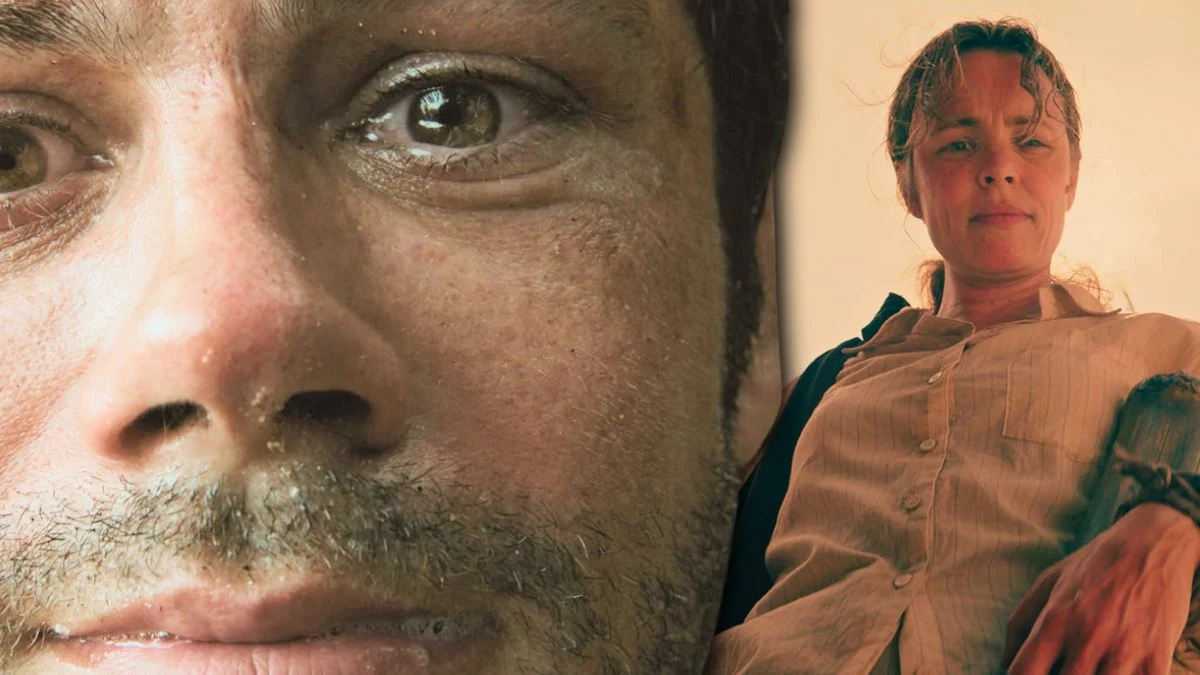
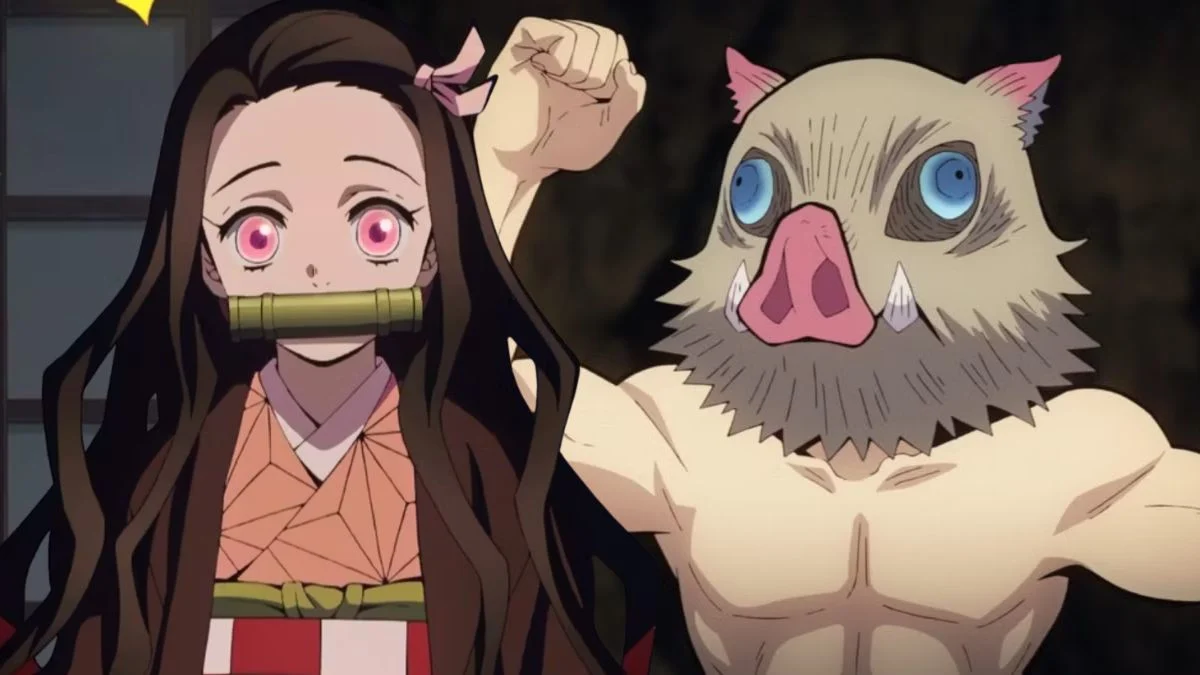
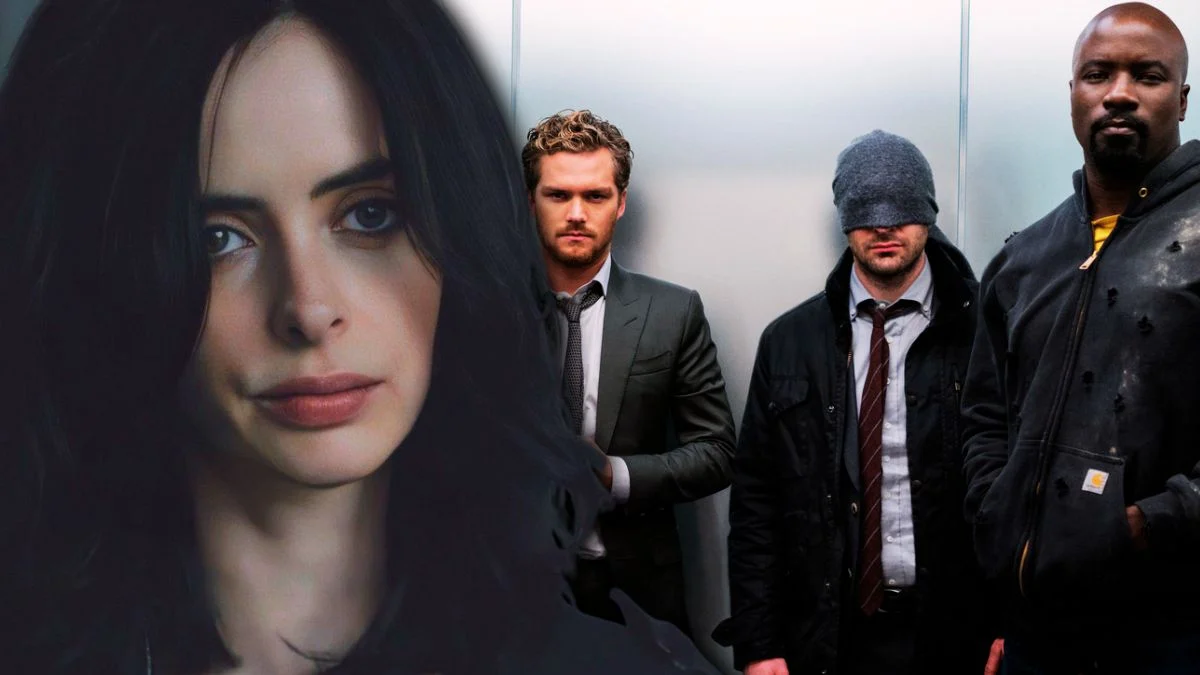

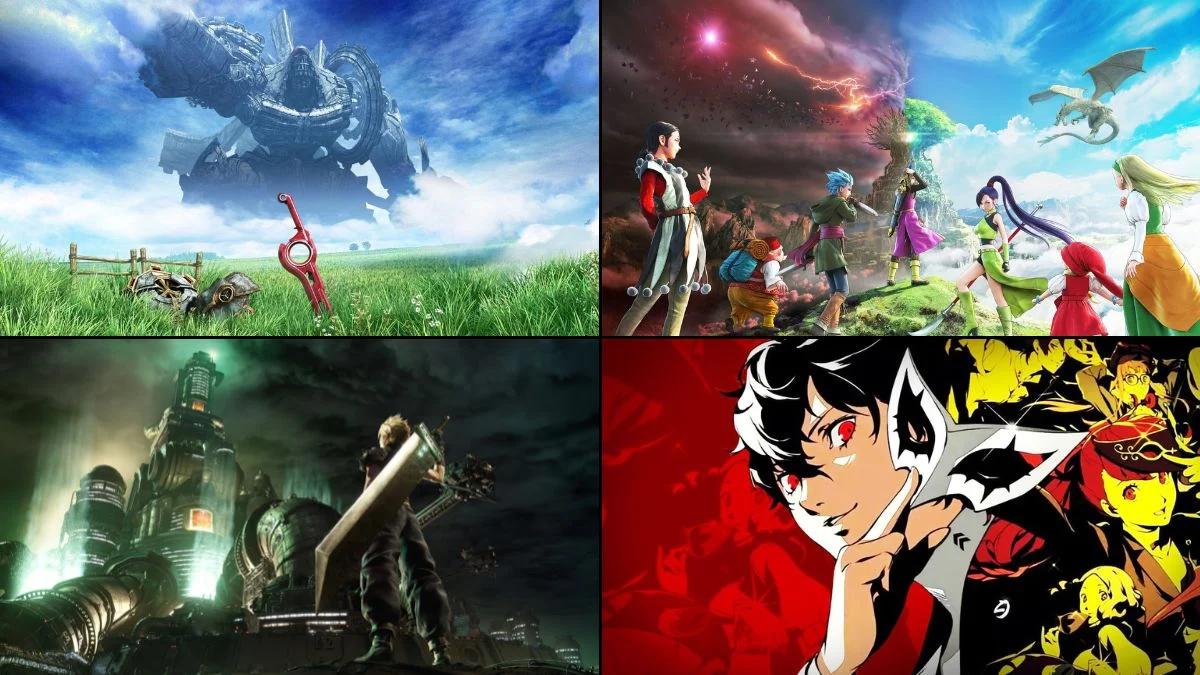



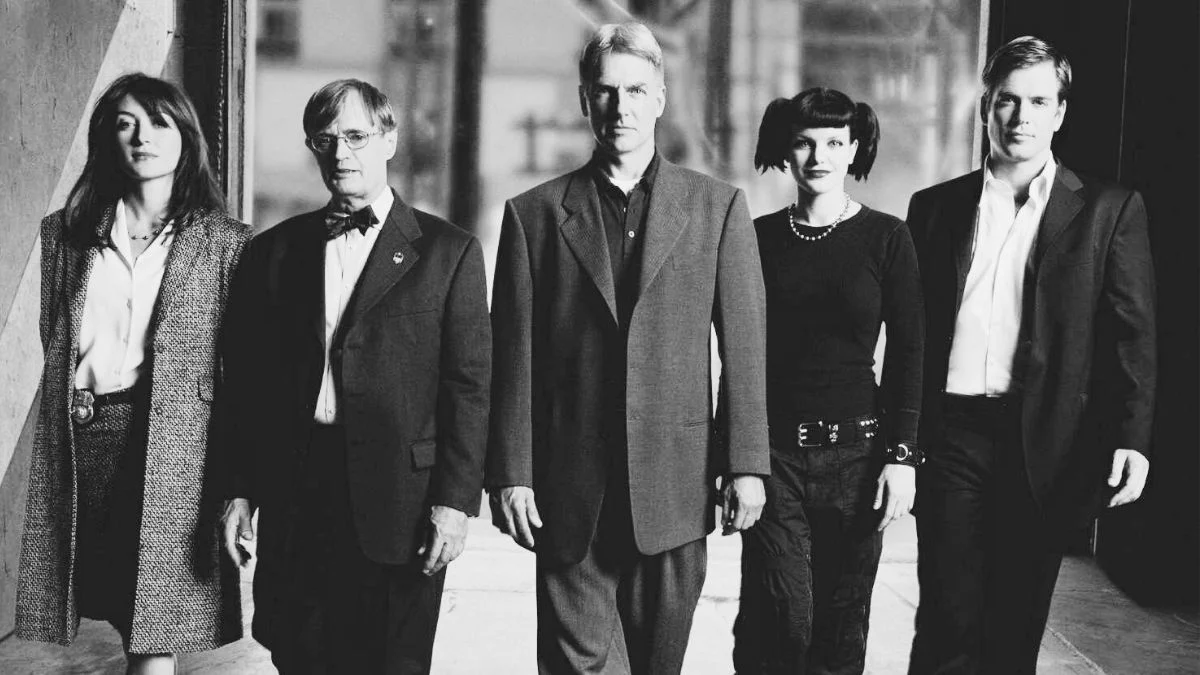
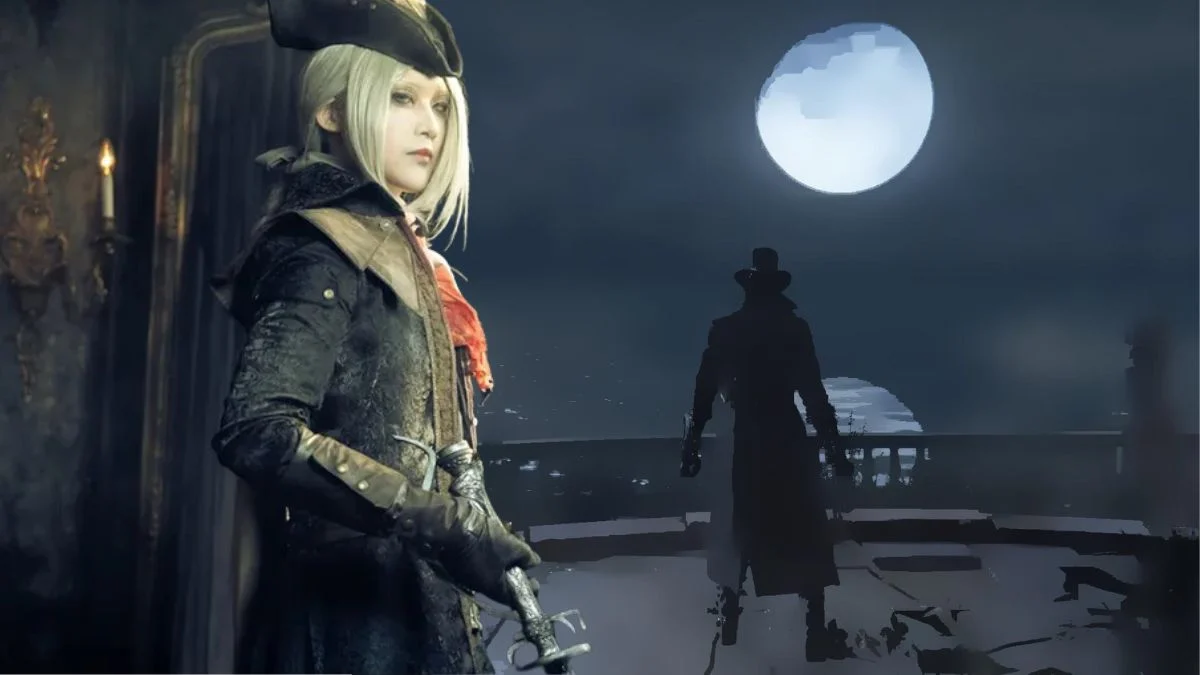









.jpeg)













 English (US) ·
English (US) ·